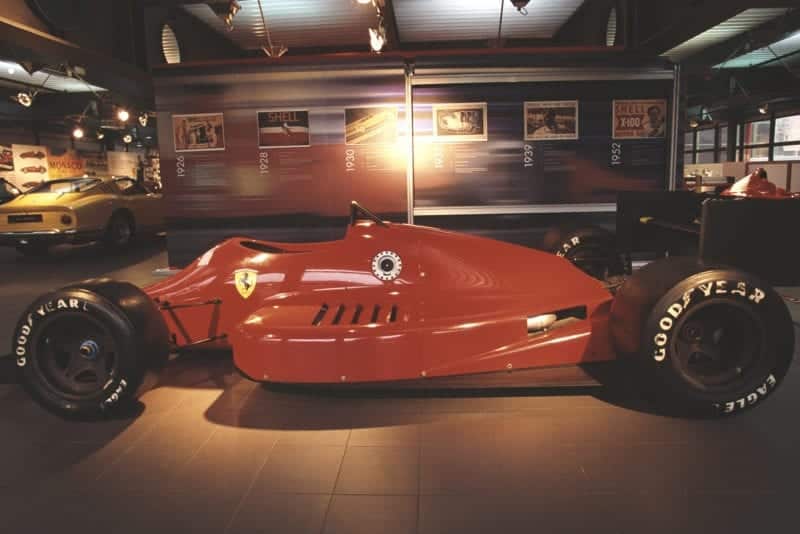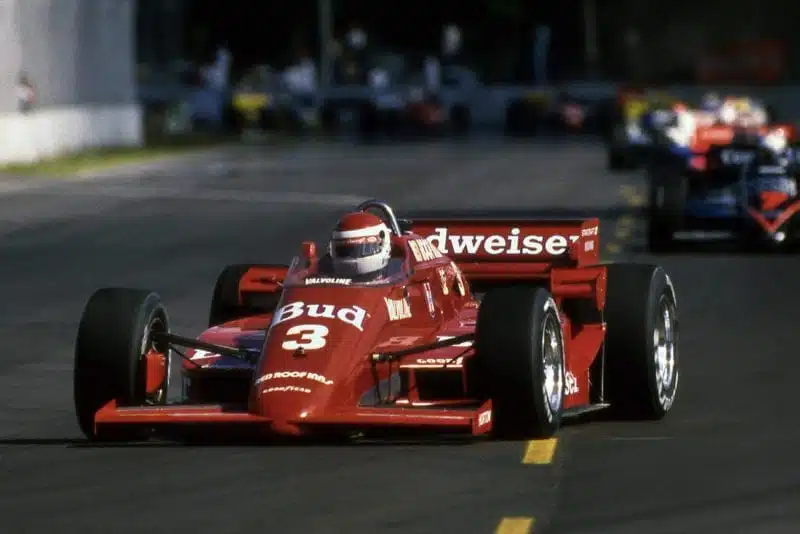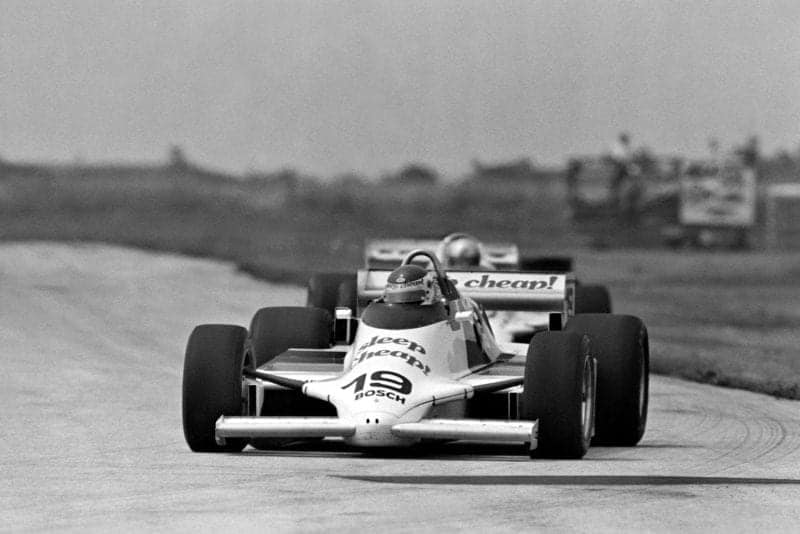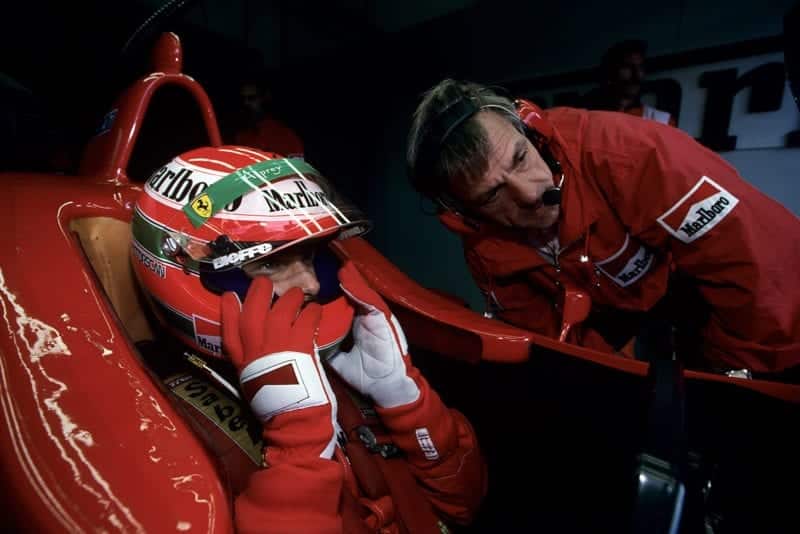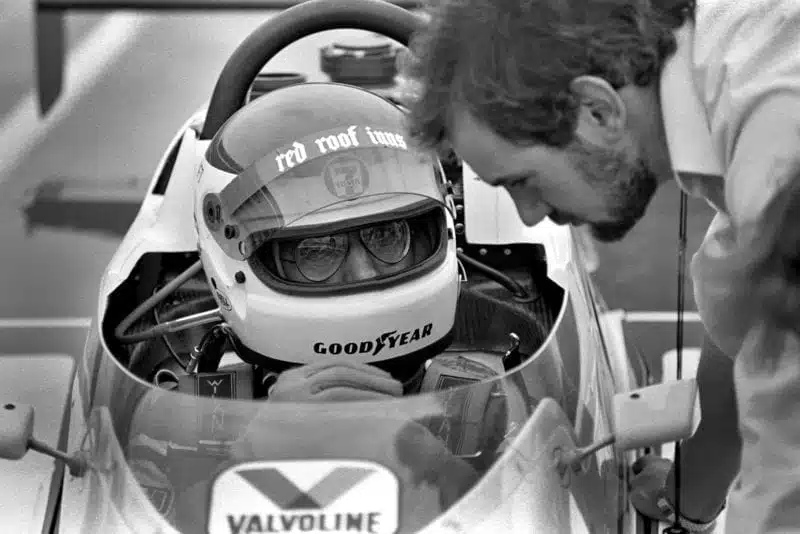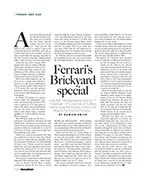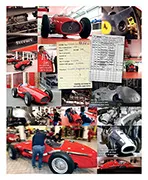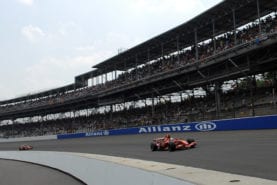Part of the TrueSports-Ferrari deal was that a March 85C and two Cosworth DFX engines would be sent to Maranello. The car would be tested along with every component being stripped down and inspected.
The TrueSport engineers went over with the equipment in August, before Rahal followed mid-September to drive the car in anger round the Fiorano test-track.
When the Ohio-native arrived in Italy, he was stunned by the sheer wealth of riches on display.
“I just remember being absolutely impressed by the capacity that Ferrari had at Fiorano and Maranello.
“In the racing area there were shelves full of engines of different spec, different volume, different v angles, six cylinder, four cylinder, V8, you name it.
“It was so impressive. You thought ‘How can anybody compete with that?’”
Further bolster to the idea that this was a serious effort was the attentiveness shown by the Ferrari team to TrueSports on their arrival, appreciated by Rahal.
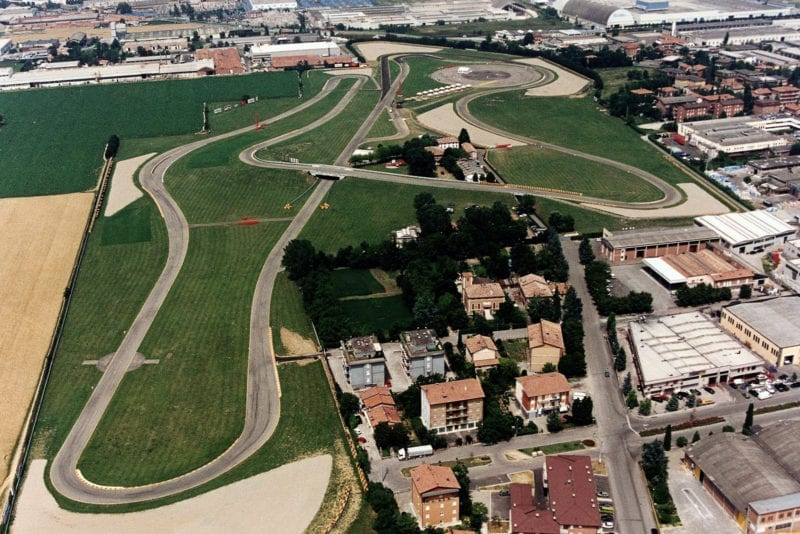
Ferrari developed the 637 at Fiorano
Ferrari
“The guys on the team were very welcoming to our guys – we had the car in the area that the F1 team was ran out of. Everybody was very interested, I think that’s a good way of putting it.
“I don’t think there’s any question that we all felt we were received very warmly by the Ferrari people, particularly on the shop floor.”
Once on track, Rahal set a lap within 2.5sec of the Fiorano record. During a successful two day running, the main work went towards set-up rather than outright speed.
Michele Alboreto also tested the March, with the only widely circulated picture of these events being one of the Italian in the car.
Enzo was present at the test, showing an unusual amount of interest in the project and furthering crediting its seriousness. Rahal was ushered in to meet “Il Ingenere” back at the office by his PA Brenda Vernor.
“She ushered me in and I had my few moments with Signor Ferrari. You know, that’s like meeting the pope or probably even a little bit better!”
Whilst the Fiorano test was a success, investigations were carrying on in the US.
Brunner was present at the business-end of the Indy Car season, absorbing as much information as he could – almost becoming part of the TrueSports team.
“Gustav also participated, observed the last three races of that (‘85 season). He was in the engineering meetings, during a lot of the discussion. He was going back and forth (between the US and Maranello).
Brunner himself said: “The team was very friendly to me and to Ferrari, which was welcome in CART. We also discussed rule stability with USAC (Indy) bosses, as we had electronic injection and ignition which no-one else had, but which were not banned.”
Brunner proceeded with his design as TrueSports experienced further IndyCar success in 1986. After an indifferent start to the season, Rahal won America’s biggest racing prize, the Indianapolis 500. It was looking like Ferrari had made the right call.
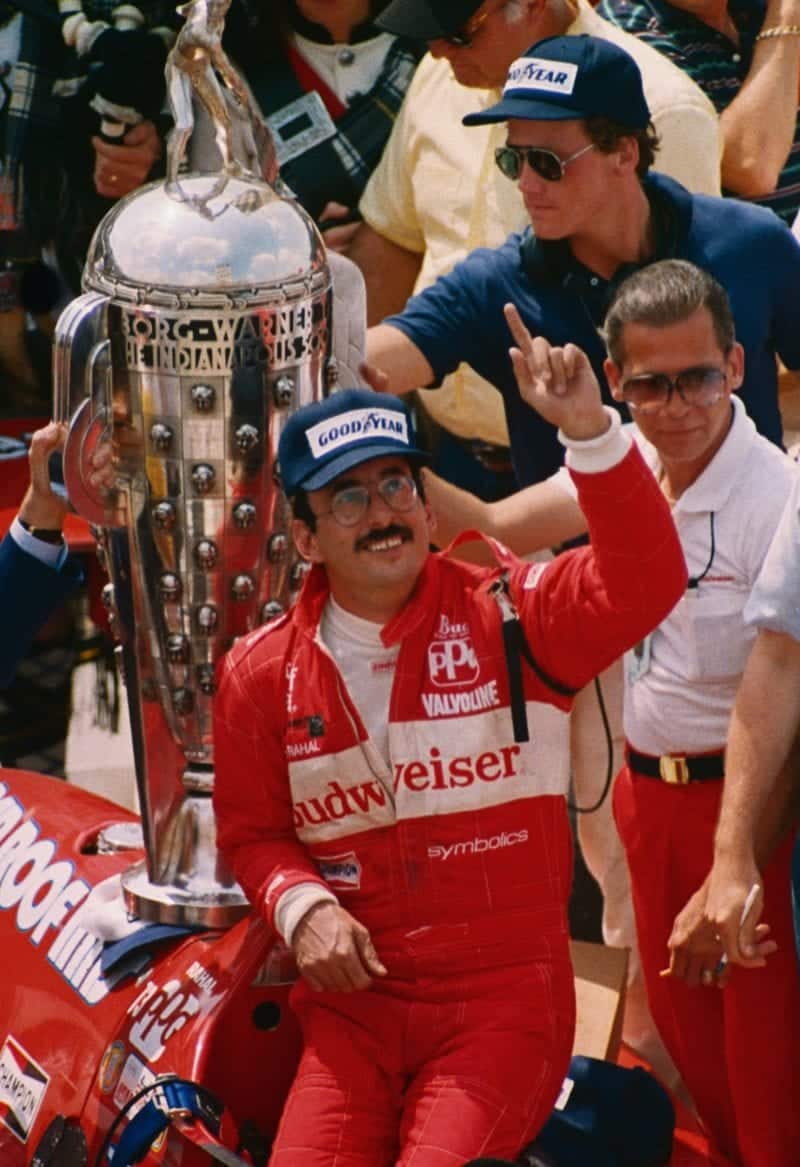
Rahal’s 1986 Indy 500 victory bode well for the Ferrari project
Getty Images
Back at Maranello, the Ferrari IndyCar, named the 637, was taking shape. Although Brunner’s 20-man team had the March 85C from which to draw inspiration, their unlimited budget allowed them to come up with a unique design.
Brunner eschewed the IndyCar usual bodywork kick-up in front of the rear tyres in favour of a smoother shape tapering inwards. The front wing and nose was not dissimilar to that of Williams FW09, the aim being for airflow to be distributed down the sides of the car instead of being kicked up over the front.
Whilst the suspension was similar to that of the March’s, Brunner adhered to Ferrari tradition by utilising a transverse gearbox instead of the more commonly longitudinal design.
The 2.65-litre engine also appeared competitive when run on the test bench.
It was looking like the car could be run competitively as early as late 1987.
Then, despite all the promise shown, things started to go awry for the Maranello-Indy project. As 1986 rolled on, so the 637 development ground to a halt.
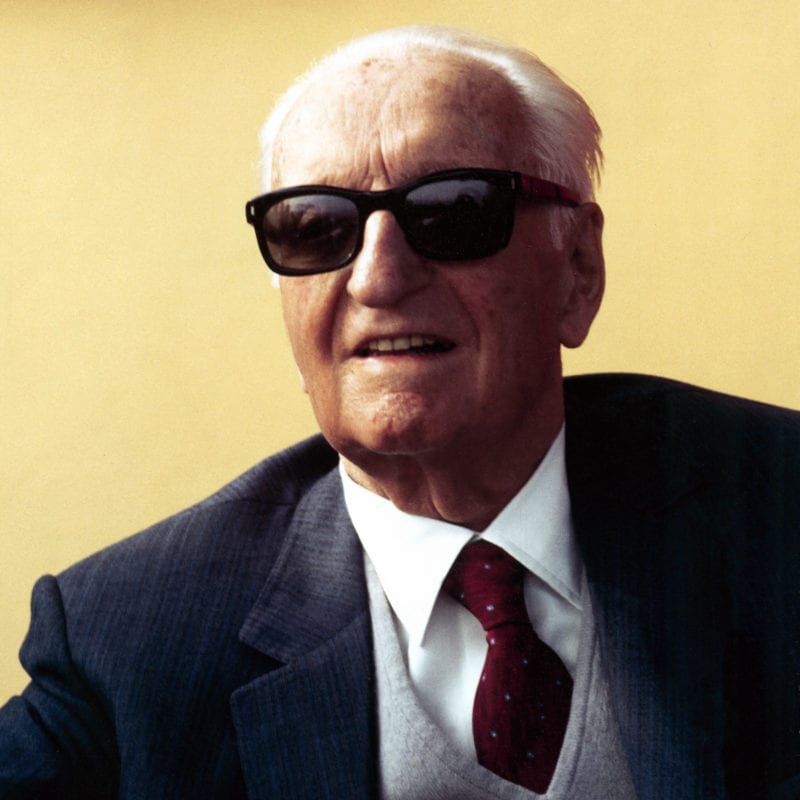
Was 637 project Enzo Ferrari’s attempt to call F1’s bluff?
Ferrari
There are two hypothesised reasons as to why. One was related to the fact that FIA chiefs, in real fear of Ferrari quitting F1, eventually relaxed the new ‘89 engine regulations. Enzo was permitted to run his cherished V12s. The threat of IndyCar was resultantly removed, its purpose fulfilled (if it apparently was a political ruse)
Another dramatic aside to the above theory is that Enzo allegedly had the new Indy engine fired up mid-meeting with the governing bigwigs to show them just how serious he was.
The other (slightly more pragmatic) take is that the recently installed Technical Director John Barnard had decided enough was enough. If the F1 team wanted to top the podium once more, these IndyCar shenanigans would have to come to a stop. All money, resources and manpower had to be directed towards grand prix racing.
“From a chassis standpoint, there’s no reason to think it would not have been competitive, right from the start.”
With that, the American dream was over. Rahal said of the situation “It just started to…less and less conversation, and then ‘we’re not gonna do this (right) now’. And of course, for us, we always had to be ready, to really prepare as if it wasn’t happening anyway. Having said that, I think there was a lot of disappointment that we weren’t able to do it. I think it would have been historic and unbelievably good for Indy Car to have a brand like Ferrari.”
For what it’s worth, Rahal isn’t in much doubt about whether Ferrari would’ve been competitive or not.
“From a chassis standpoint, there’s no reason to think it would not have been competitive, right from the start.
“Man, our March, that was the car to have in ‘85. Ferrari had that to pore over, to look at, understand and measure – to see what was current. It wasn’t as if they were starting with a blank sheet of paper, they had insight.”
“Gustav spent a fair amount of time with us, both in our shop in Ohio but also at the races. So it’s not like he didn’t have some experience already. And he was a very open guy, he was all ears. He was learning, trying to absorb it all.”
It was only in Signor Ferrari’s favourite part of his cars that Rahal thought there might have been some greater challenges.
“If there was going to be any risk it was probably – in the very, very short term – going to be in the engine area.
“If you remember Honda, they were dominating Formula 1 (during late ’80s/early’90s). Then they went into IndyCar and there were a lot of struggles in the first year. It’s just a different animal.”
“But as I said, when I looked at all those different types of engines on the shelves, and the ability to figure it out, it wouldn’t have taken very long I wouldn’t have thought.”
The 637, with Alboreto at the wheel, was only ever allowed to do one installation lap before it was ushered to the back of the factory.
The chassis was spotted some years later by journalist Doug Nye when visiting Maranello, minus its red livery and assumed to be in use as a test mule for Alfa Romeo’s own IndyCar project.
